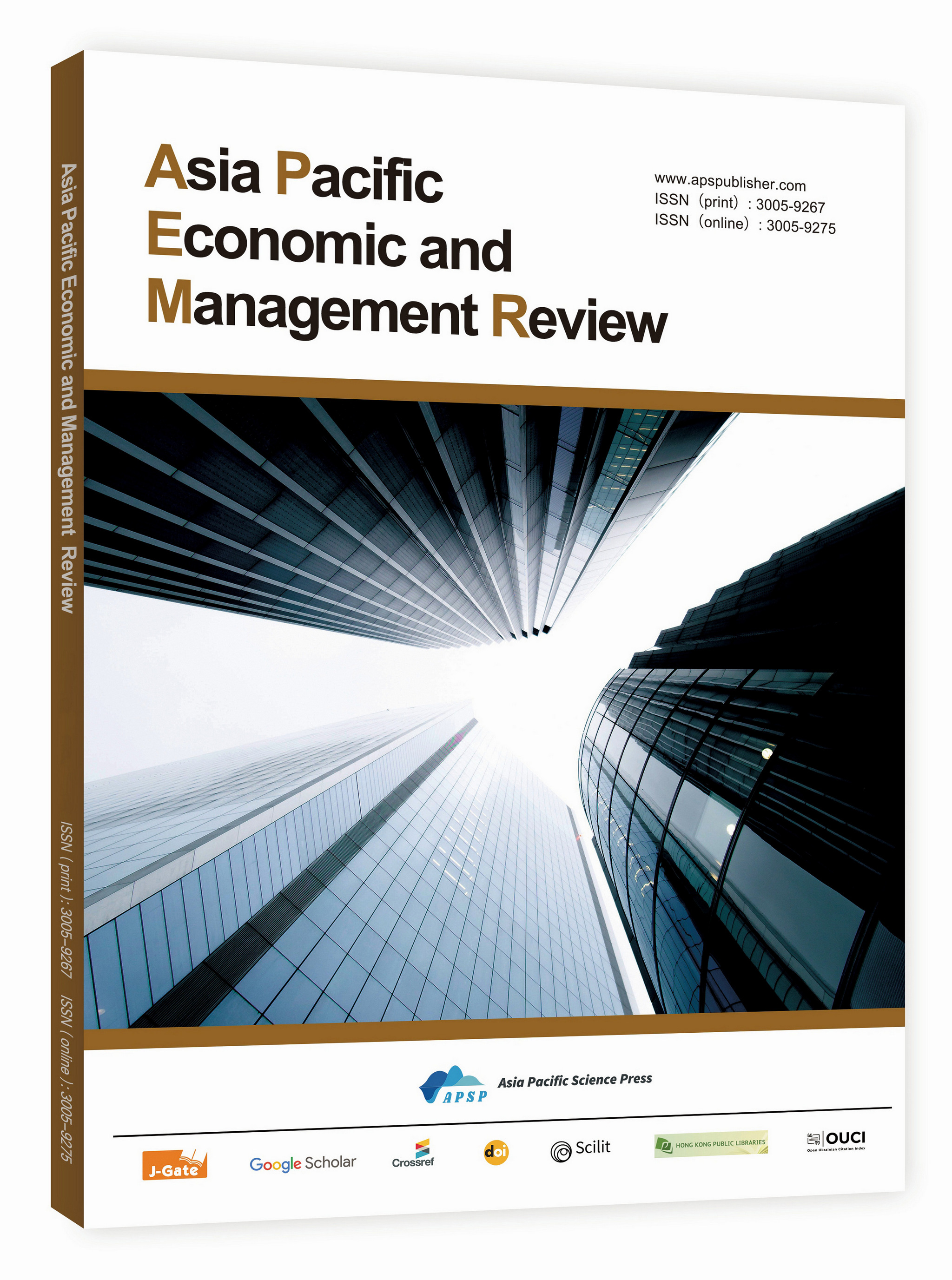Research on Silver Tourism in China: Themes, Theoretical Frameworks, and Methodological Approaches
DOI:
https://doi.org/10.62177/apemr.v1i3.275Keywords:
Silver Tourism, Elderly Consumers, Travel Insurance, Literature Review, Aging EconomyAbstract
The silver economy, driven by the rapid aging of China’s population, has emerged as a significant frontier for both academic research and market development. With over a thousand scholarly works dedicated to elderly tourism, this review consolidates the core knowledge base of "silver tourism," integrating studies from the fields of senior and elderly travel. It systematically examines three primary dimensions: the preferences and behavioural characteristics of senior tourists; the development and differentiation of tourism products tailored to this demographic; and the segmentation of regional and subgroup markets. Moreover, it outlines the dominant theoretical frameworks and interdisciplinary methodologies adopted by scholars, drawing upon over three decades of literature (1993–2025). In light of recent policy initiatives and technological transformations, this paper aims to provide a comprehensive and critical foundation for future academic exploration and practical innovation.
Downloads
References
Chen, Y., et al. (2018, January). A study on the development of elderly tourism products based on the characteristics of the international market—A case study of Chengdu. Tourism Overview.
Hou, P., et al. (2021, December). The structural dimensions and mechanisms constraining urban elderly tourism—A study based on grounded theory. Tourism Science.
Hu, J. (2017). A study on the development of elderly tourism products based on consumer behavior characteristics—A case study of Xiangtan [Master’s thesis, Xiangtan University].
Liu, B. (2023, February). Body, emotion, and space: The embodied experience of elderly leisure living. Human Geography.
Liu, Y. (2023, May). The formation mechanism, supporting factors, and experience for reference of Japan’s elderly tourism industry. Modern Japanese Economy.
Lu, H. (2024, September). A study on the development of the silver-haired study tour market from the perspective of active aging. Tourism Overview.
Lv, T., & Li, S. (2025, April). Finding joy in the hustle? A study on the happiness of senior tourism volunteers—Based on mixed methods. Tourism Tribune.
Shi, Y. (2018, October). A study on the development strategies of China’s “silver tourism.” Commercial Economy.
Sun, R. (2024, January 17). Leveraging insurance support and guarantee functions to develop the silver economy. Financial Times, p. 002.
Tang, Y. (2021). A study on the relationship between group travel and the happiness of the elderly [Doctoral dissertation, Zhongnan University of Economics and Law].
Tian, H. (2012). SWOT analysis of the development of elderly sports tourism in Hebei Province. Industry and Technology Forum, 24.
Wang, D. (2024, October). An analysis of the problems and countermeasures of China’s elderly tourism insurance. China Insurance.
Wang, X. (2024, September). The silver-haired group enjoys “poetry and the distance”: Five types of bottlenecks still exist in elderly tourism—A special survey on the development status of “silver tourism” in Anhui Province. Anhui Statistics.
Yu, H. (2021). The current situation and product satisfaction of “silver tourism”—A case study of Tianjin [Master’s thesis, Tianjin University of Finance and Economics].
Zhang, H. (2025, February 12). National Development and Reform Commission answers questions from Every Day News on the renovation of silver tourism trains: Incorporating it into the support scope of the “two new” policies. Every Day News, p. 001.
Zheng, W. (2014, December). Analysis and development of the silver tourism market in universities. Straits Science.
Zhou, A. (2019). A study on the optimization of silver tourism products of T Travel Agency based on tourist satisfaction [Master’s thesis, Minzu University of China].
Downloads
How to Cite
Issue
Section
License
Copyright (c) 2024 Wenxuan Yao, Biao He

This work is licensed under a Creative Commons Attribution-NonCommercial 4.0 International License.
















